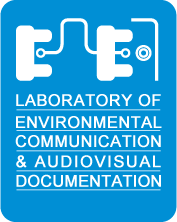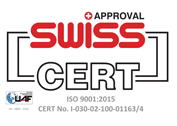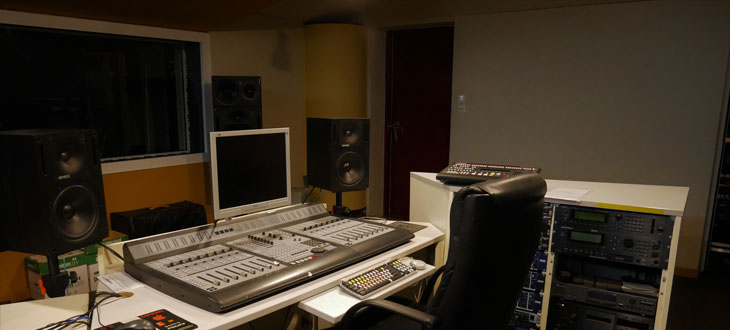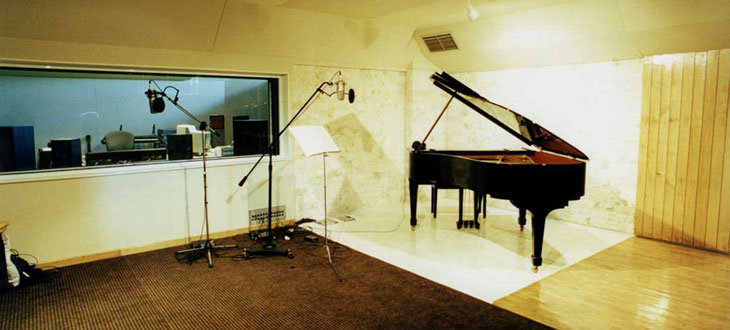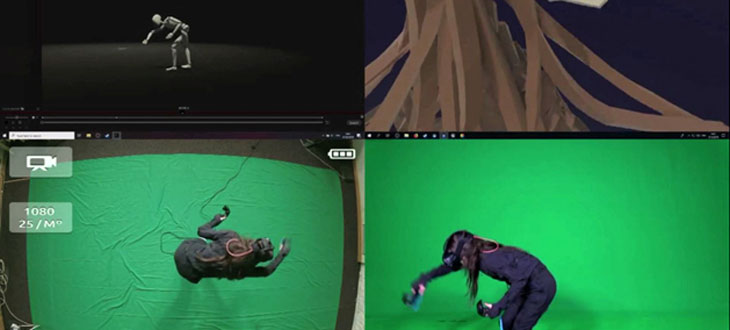The Laboratory of Environmental Communication and Audiovisual Documentation (LECAD) was established in 1999 at the Department of Planning and Regional Development (DPRD) of the School of Engineering. Since 2004 it is part of the Department of Architecture.
The lab and it's foci project the unique character of the Department of Architecture at the UTH. It also aims at creating a network for research carried out in collaboration with other university laboratories and organizations both in Greece and abroad.
Objectives and aims
The objectives of the research activity is to process forms of traditional and modern communication and exploit them for teaching, research and production; to detect, redevelop and reproduce the “image of everyday life” in historical and modern environments (creation of an audiovisual database, Picture and Sound gallery, production of educational and research tools and technology) in order to enhance communication with the environment (educational, social, natural, private, public); to produce material to be used in support of lifelong learning; to offer lab support in the field of communications in fine arts, multimedia and virtual reality technology; to produce videos, films, CDR, DVD, DVD-ROM, DAT, MD,MC etc.
Equipment and Organization
The equipment of LECAD is divided, for practical reasons, into the audio and the visual section. The visual section is situated on the first floor of the building of the Department of Architecture, while the audio section can be found in a dedicated studio in the basement of the Department of Planning and Regional Development.
The visual section features:
- Personal computers, scanners, printers of small and large format as well as professional (broadcast quality) and semiprofessional equipment for filming videos (both studio and field)
- An AVID system for professional digital editing and control room equipment with a video- and sound-mixing console.
- Virtual reality equipment of both desktop VR and full immersion with Head Mounted Displays, 3DOFtracker, 6DOFspacemice, DataGlove(DT12) and the corresponding software for productions.
The audio section has a Recording Studio of 120 m2 Live End/ Dead End that consists of the main Control Room, a secondary Control Room, the Recording room, the Machine room and auxiliary spaces.
- Main Control Room: a space of 45 m2 with a Protools digital recording system on a Macintosh platform with 32ch of simultaneous recording capacity. A 16ch Procontrol digital controller which can be expanded.
- Secondary Control Room: a space of 8 m2 with a digital recording system by Mackie on a Windows platform. The room can be also used as an auxiliary recording booth.
- Recording Room: a space of 45 m2 specifically designed for recordings, mostly live, of small ensembles or even bigger choirs. There is a Steinway MODEL A piano as well as amplifiers for the instruments, mother keyboards and ddrum electronic drums.
- Μachine Room: a space of 12 m2 where the servers, the Protools interfaces, as well as various peripherals, accessories etc. are located.
Audio Studio Equipment
- Recording system: Protools
- Speakers: Genelec, Dynaudio, M-Audio 5.1
- Microphones: AKG, Neumann, Schoeps, Shure
- Preamplifiers: Presonus, Drawmer
- Synthesizers-Samplers: Kurzweil, Roland
- Reproduction Devices: DAT, MD, Compact cassette, Open reel tape ¼”
In order to cover broadcast, field recording and acoustic noise measurement applications, the lab owns portable equipment.
- Portable recorders: Fostex, Tascam
- Microphones: Audio Technica, Shure, Sennheiser
- Noise meter: 01db Solo
The lab also owns portable equipment to be used by the students for their needs.
Cooperation Networks
Excellence Network in Interactive Art (PLEIAS)
The Excellence Network in Interactive Art is an initiative of four university research laboratories in Greece and France, to expand their two-part cooperation on a European level. This initiative with the code name PLEIAS (Peering Laboratories in Europe for Interactive Art Synergies) organized its first meeting during the International Symposium on Electronic Art ISEA, in Constantinople, on 15th September 2011.
The main aims of the initiative are two:
- to create an extensive database on Interactive Art,
- to encourage collaboration among artists, curators and researchers on the creation of interactive artistic productions.
The laboratories participating in this initiative are the following:
- Laboratoire des Arts et Medias -LAM, UniversitéParis 1
- UniversitéParis 8
- LECAD, University of Thessaly
- Interactive Systems Design Lab, University of the Aegean
Collaboration and Design Network of Collaborative Practices
This collaboration Network includes the following university laboratories:
- The Laboratory of New Technologies in Communication, Education and the Mass Media of the Department of Communication and Mass Media of the National and Capodistrian University of Athens,
- The Learning Technology and Education Engineering Laboratory of the Department of Pre-school Education and Educational Design of the University of the Aegean,
- The Laboratory of Environmental Communication and Audiovisual Documentation of the Department of Architecture of the University of Thessaly,
- The Media Informatics Lab of the Journalism and Media Department of the Aristotle University of Thessaloniki.
The cooperation of the four laboratories, taking into account the various convergences and confluences in the fields of the interdisciplinary, research and educational activity of the above mentioned labs, aims at the joint design of collaborative practices and synergies in the field where science, communication, education, new technologies and art interact.
More specifically, this cooperation aims at the following activities:
- the interdisciplinary research and study of whatever exists in the cross-section of interest of the four labs as well as the development of relative pieces of work and the creation of intellectual products,
- the joint undertaking and realization of research projects, funded by either Greek or International organizations,
- the development of educational programs and activities, the exchange of knowledge and experiences, the design and publishing of common interest publications,
- the joint organizing of various events and activities, such as conferences, lectures, seminars, convents, symposia as well as support initiatives for the production of collaborative works of art,
- the exchange of scientific personnel and students, as well as the cooperation in the supervision of diploma theses and projects.
